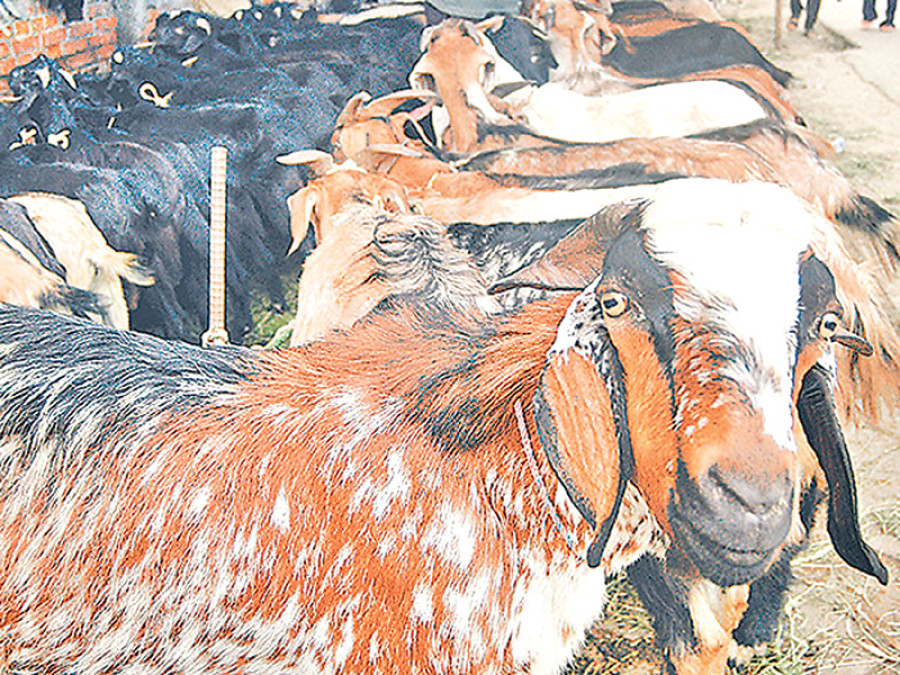Money
Myagdi consumes more meat than others
Meat consumption has gone up in Myagdi with livestock farming becoming popular in the western Nepali district.
Ghanshyam Khadka
Meat consumption has gone up in Myagdi with livestock farming becoming popular in the western Nepali district.
Each individual of the district, on average, is now consuming 21 kg of meat per year, which is 7 kg more than the national average of 14 kg, according to a survey conducted by the District Livestock Service Office. The consumption of meat in the district is around 23 percent higher than 16 kg prescribed by the World Health Organisation.
The consumption of the meat is the highest in Beni, the headquarters of the district, where every individual consumes around 30 kg meat per year.
“Meat consumption in Myagdi is high and is unusually high in the district headquarters,” said Dilli Ram Regmi, technician of the livestock office. “This is probably because alcohol consumption is also high in the district and many consume alcohol with meat. Perhaps, because of this reason milk consumption is quite low here.”
Of the meat consumed by every individual in the district, around 18 kg is produced in Myagdi itself, while the remaining 3 kg is imported from other districts, like Mustang and those in the Tarai.
According to the office, Myagdi locals consume 1,035 tonnes of buff, 390 tonnes of mutton, 80 tonnes of lamb, 28 tonnes of pork, 410 tonnes of chicken and a tonne of duck and rabbit each per year. The farmers of the district rear 31,865 buffalos, 91,214 goats, 29,000 sheep, 1,100 pigs, 178,000 chicken, 1,000 ducks and 1,100 rabbits a year.
The survey, however, doesn’t factor in meat collected through informal sources, such as hunting in forests.
“Another reason for high meat consumption in Myagdi is the tradition, and culture practiced by locals of the district,” Regmi said. Animal sacrifice is very popular in the district. Majority of the communities in the district sacrifice animals, as part of the ritual to “please gods”.
During a festival last year, the district recorded sales of goats and sheep worth Rs4.4 million. These animals were later sacrificed. “This fact justifies religion as one of the major factors behind high meat consumption in the district,” said Regmi.
Although meat consumption is high in the district, demand for other livestock products like milk and egg is very low, according to the office.




 16.12°C Kathmandu
16.12°C Kathmandu.jpg)















